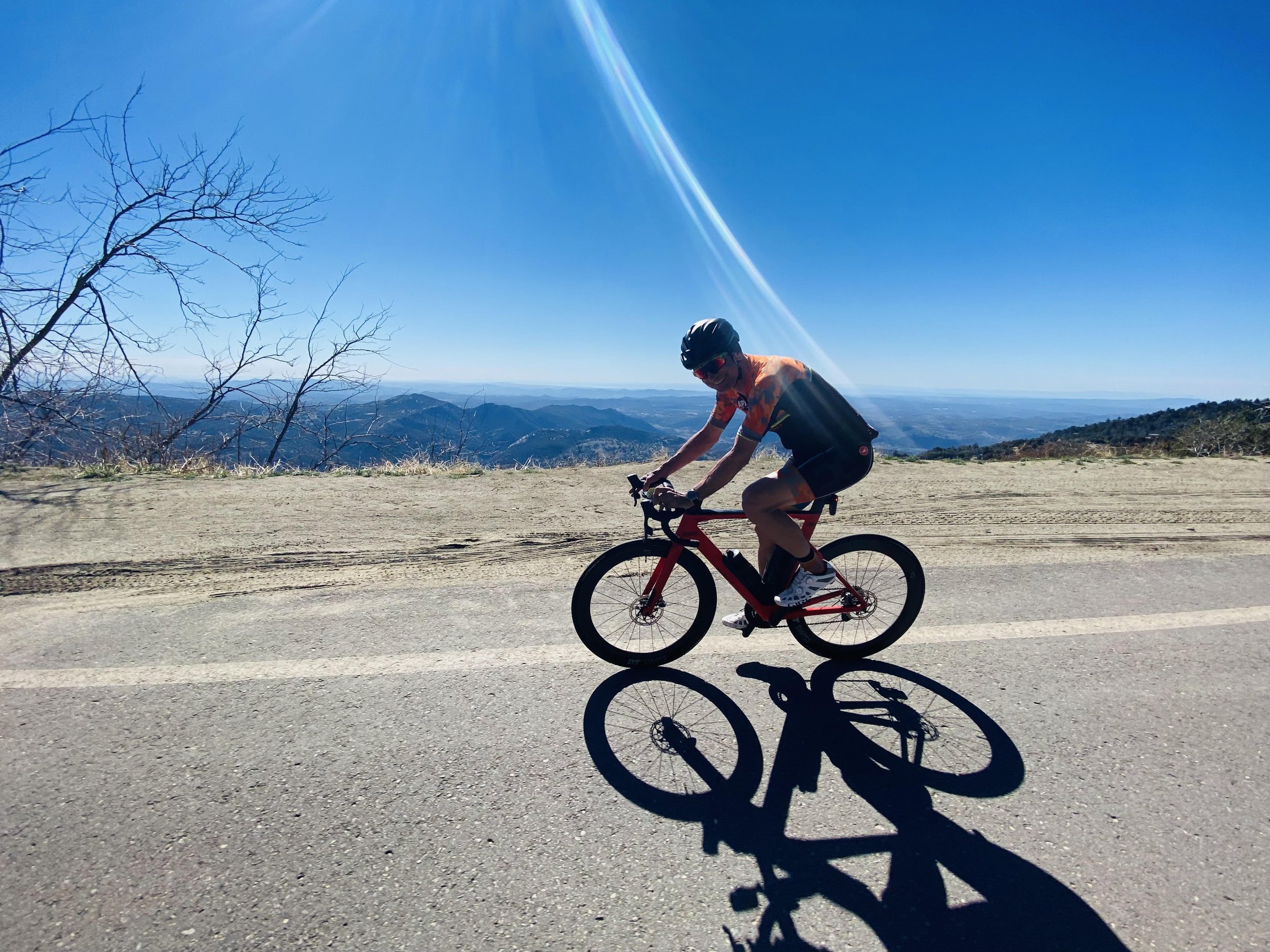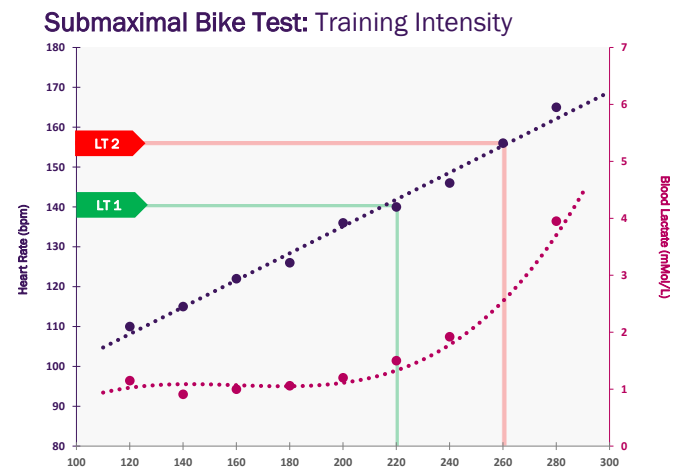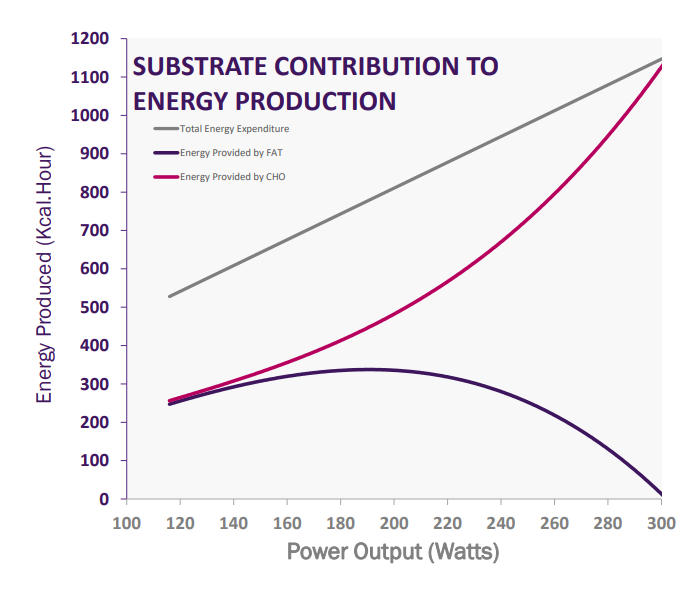Zone 2 and Your Winter Training Routine
Zone 2 training is all the buzz these days. In the racing off-season especially, we are told that zone 2 rides are where we should be investing most of our time on the bike, but why is that? When the days are short and the weather is crappy, it’s definitely tempting to question your life choices and we often find ourselves wondering “why am I doing this?” – what purpose is this serving? My advice has always been to ride with purpose – cut out the junk miles and make every ride count for something – so what are we actually achieving on those long winter Z2 rides, and how is it any different to the old-school ‘long steady distance’ rides that have always been part of the ‘tradition’ of off-season bike training?
Zone 2 training is all the buzz these days. In the racing off-season especially, we are told that zone 2 rides are where we should be investing most of our time on the bike, but why is that? When the days are short and the weather is crappy, it’s definitely tempting to question your life choices and we often find ourselves wondering “why am I doing this?” – what purpose is this serving? My advice has always been to ride with purpose – cut out the junk miles and make every ride count for something – so what are we actually achieving on those long winter Z2 rides, and how is it any different to the old-school ‘long steady distance’ rides that have always been part of the ‘tradition’ of off-season bike training?
Let’s answer that last question first by establishing what zone 2 intensity is. Most cyclists are familiar with Andy Coggan’s 7 zone model of power intensity based on a percentage of maximum aerobic power. Zone 2 is considered an endurance pace – something you can maintain for several hours relatively easily. Since the idea of all training is to stimulate the body to make fitness-improving adaptations, TRAINING at zone 2 means riding at the high end of this range with the goal of gradually being able to put down more power for a given perceived effort. Physiologically this is the point where the energy demands of your muscle cells cannot be met by aerobic metabolism alone. You can see this in the lab if you ever do a submaximal power test measuring your blood lactate levels. At your “aerobic threshold” blood lactate levels begin to rise, indicating that your glycolytic energy system has been recruited to help out with the effort. Outside of the lab, you know you are there when you can still hold a conversation, but talking starts to become labored and you honestly would prefer your riding partner to just shut up so you can concentrate on breathing. This level of intensity is the sweet spot. The idea of training at zone 2 is to push this sweet spot ‘up the line’ so that it is occurring at a higher power output.
Blood lactate levels vs. power output. Ideally LT1 will occur further to the right along the graph
Your skeletal muscles are made up of several fiber types, broadly classified as ‘slow twitch’ or ‘fast twitch’ (type 1 or type 2). The proportion of the fiber makeup is dependent on your own body type and the influence of your genes. Generally, successful endurance athletes will have a greater percentage of type 1 fibers, and athletes involved in shorter, explosive efforts such as sprinters, will have a relatively larger percentage of type 2 fibers. Training at zone2 intensities is targeting your aerobic system as a whole, but critically we are looking for adaptations to the type 1 muscle fibers so that they become more efficient at producing energy aerobically. Your muscles will increase in mitochondrial density as well as increase in vascularity, giving them more ability to process oxygen, . The increase in the number of mitochondria as well as their size, and the increase in blood flow to the working muscles ultimately means more efficient processing of oxygen and glucose to produce energy.
As an added bonus, the fuel used in the slow twitch fibers to produce energy is predominantly fat at these intensities, so by extending your body’s ability to utilize fat as fuel, you’ll be able to work longer before eating into your limited carbohydrate stores. Carbohydrates can be replenished during the race or workout, but only at a certain rate. By fostering the ability to run longer on fat, you’ll be able to hold on to your carb reserves for when they’re really needed – during those intense efforts such as bridging to a breakaway, or powering over that final steep climb.
At lower intensities fat is a predominant source of energy, however carbohydrate is used exclusively to fuel high power efforts. Training at Z2 helps the muscles rely on fat metabolism at increasing intensities
In short then, ride Z2 during the winter months. Focus on steady smooth, long efforts, but ride with focus and purpose. These are not just long slow steady rides, but rather specific, and effective, work for your aerobic base. Unlike intervals done at higher intensities, the gains made through Z2 training can be long lasting - carrying you through to the intensive and event specific work you’ll be doing as race season gets closer.
If you’re interested in getting personalized advice to optimize your winter training, consider contacting us at Dialed Performance Coaching. We offer personalized, structured training programs that fit in with YOUR schedule and are based around YOUR goals. At just $175 per month, it is for sure the most effective way to get into the shape of your life and take your cycling to the next level..



